Get Your Car Drive-In Ready
Summer is a great time to head to the movies and what could be more American than heading to the local drive-in to take in a movie while enjoying a piece of classic Americana? But don't head to the drive-in unprepared. Follow these quick tips to make the most of your viewing experience.
1. Check Your Battery - Drive-in theaters these days pipe the audio through your car stereo and you won't be able to leave your engine running for a two hour plus cinematic experience. Your battery will be doing the heavy lifting during the show, so make sure it is in good shape and holds a full charge so you won't miss any of the film or fail to start when the show is over. Throw a good set of jumper cables in the trunk just in case.
2. Stereo Upgrade - Every new movie fe ...[more]
How to Find the Perfect Tire for Your Ride
Head into the showroom at any tire retailer and you will find a dizzying array of tire types, sizes, tread patterns and other variables that can have you turning right back around and heading the other way. The good news is a step-by-step approach to choosing the right tires for your car, truck or SUV with a little knowledge can make the process much simpler and give you great results.
The type of tire you need depends on what kind of vehicle you have, your driving style and the type of weather you must cope with in your area.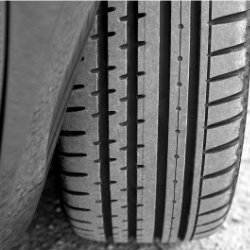
All Season Tires - Sometimes called Touring Tires, All Season Tires deliver good performance, handling and ride quality on dry, wet and moderately snowy roads. This is the most popular tire type and can be found on most four door sedans, ...[more]
What Happened to My Fuel Economy?
You notice that suddenly your vehicle seems to be getting worse gas mileage than it did awhile back. Why? What happened?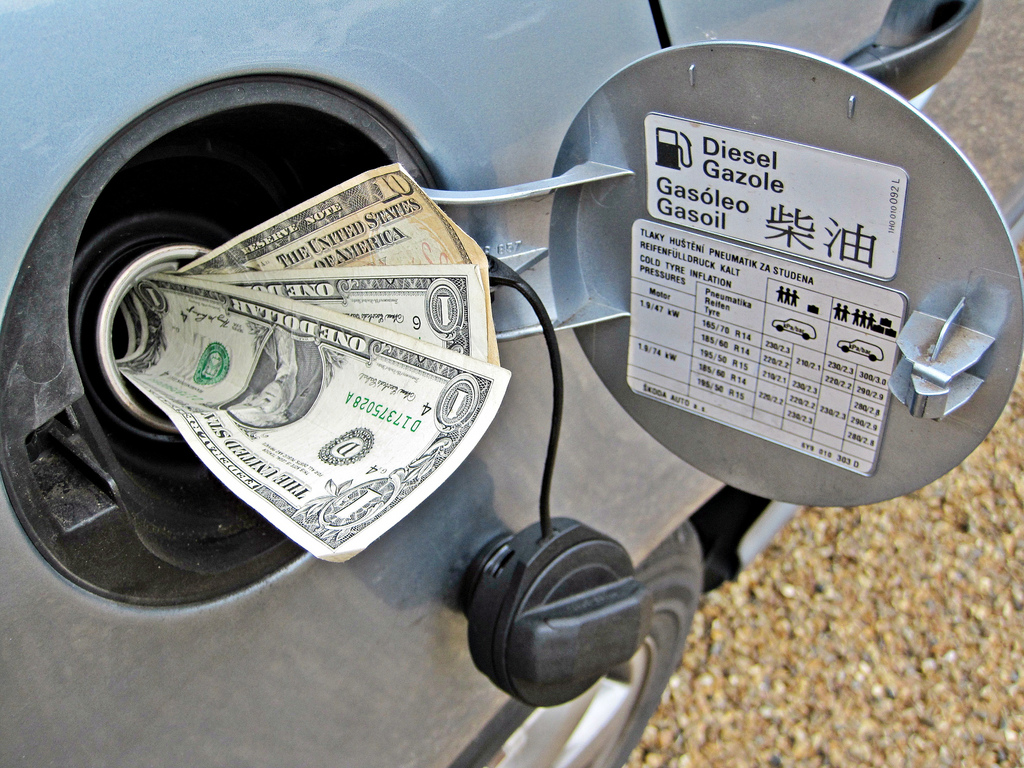
Like with most things on your vehicle, there can be numerous problems at the root of poor fuel economy. Let’s start with the simple ones and work our way to the more complicated issues:
Tires: This one’s easy. Underinflated tires mean more rolling resistance (think about riding a bike with a low tire), and more rolling resistance means poorer fuel economy. Check your tire inflation at least once a month, while the tires are cold, using a good quality tire gauge. Even a pound or two of underinflation can be enough to cause problems!
Air filter: The air filter is made of pleated paper or fabric elements which pre ...[more]
Make Those Tires Last!
Your tires are a big investment, and while it’s easy to just take them for granted, you want them to last through their entire warranty phase (at least). Here are 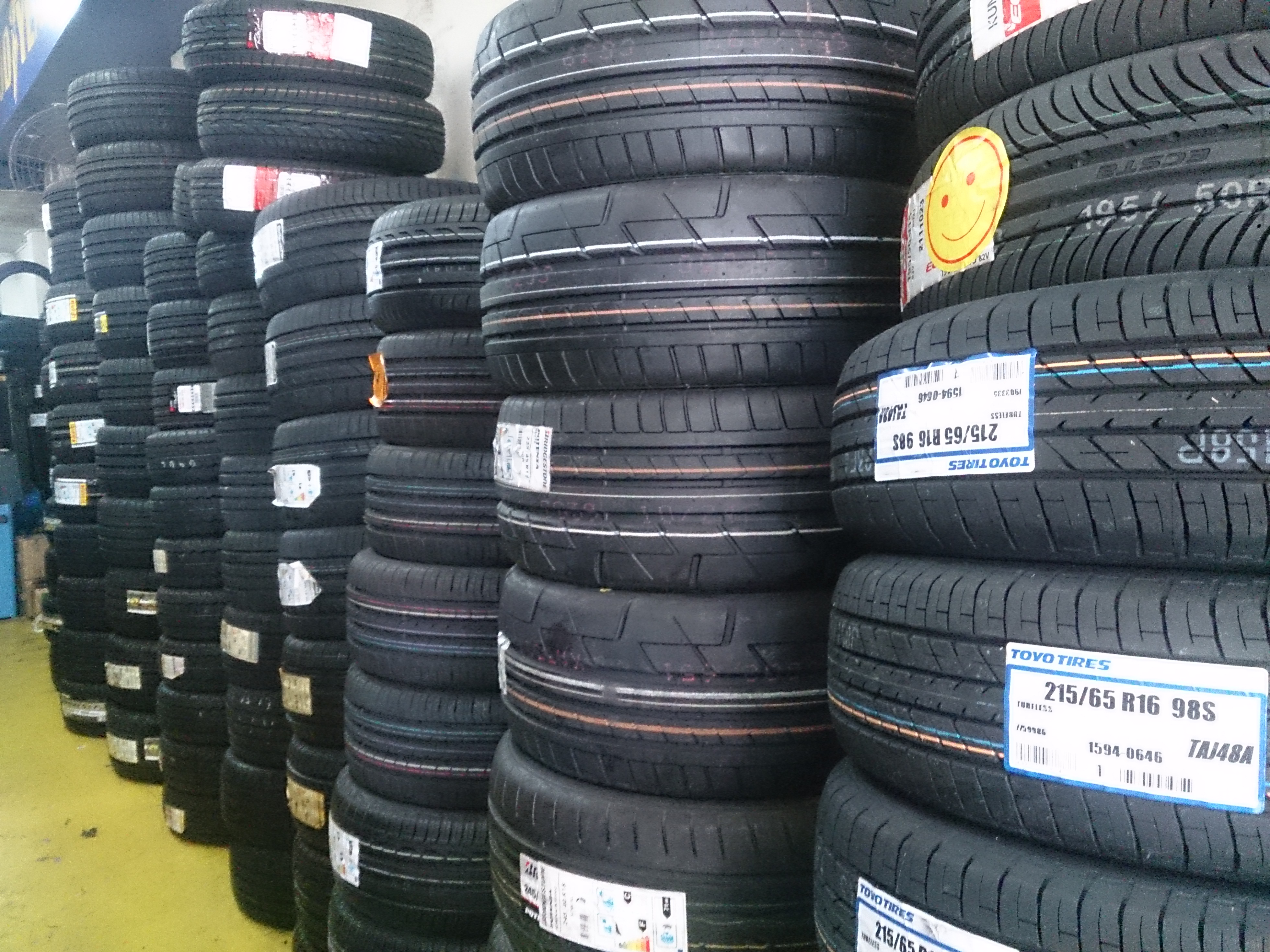 some tips on how to get the most life out of a set of tires:
some tips on how to get the most life out of a set of tires:
Tire rotations: No vehicle has 50/50 weight distribution from front to rear, and front tires see a different set of stresses from braking and cornering. Rotating your tires at a 5,000-mile interval ensures even wear and good drivability and handling.
Proper inflation: Underinflated tires are bad news! They’ll wear unevenly due to their altered footprint, they’ll cost you money in terms of higher rolling resistance and poor fuel economy, and the stress from overheating can lead to premature tire failure. Check your inflation levels at leas ...[more]
How To Maintain A New Car
So you got a new set of wheels – congratulations! You’re going to want to hang onto it as long as possible, so you’ll want to keep it maintained as well as you  can. Here are some suggestions:
can. Here are some suggestions:
First, read the owner’s manual carefully and stick to manufacturer’s recommendations for service intervals. There are certain things that are critical enough that failure to adhere to recommendations can void a new car warranty. Don’t let that happen!
For instance, just about every manufacturer recommends synthetic oil for their engines; it provides better protection in just about every respect, and it’s more stable at high and low temperatures. If your owner’s manual prescribes a 10,000-mile oil change, stick with that and be sure to use the bra ...[more]
What Tires Are Right For Your Truck?
So you’re in need of a set of tires for your truck? No problem! The question is, though, what kind of tires are going to be best?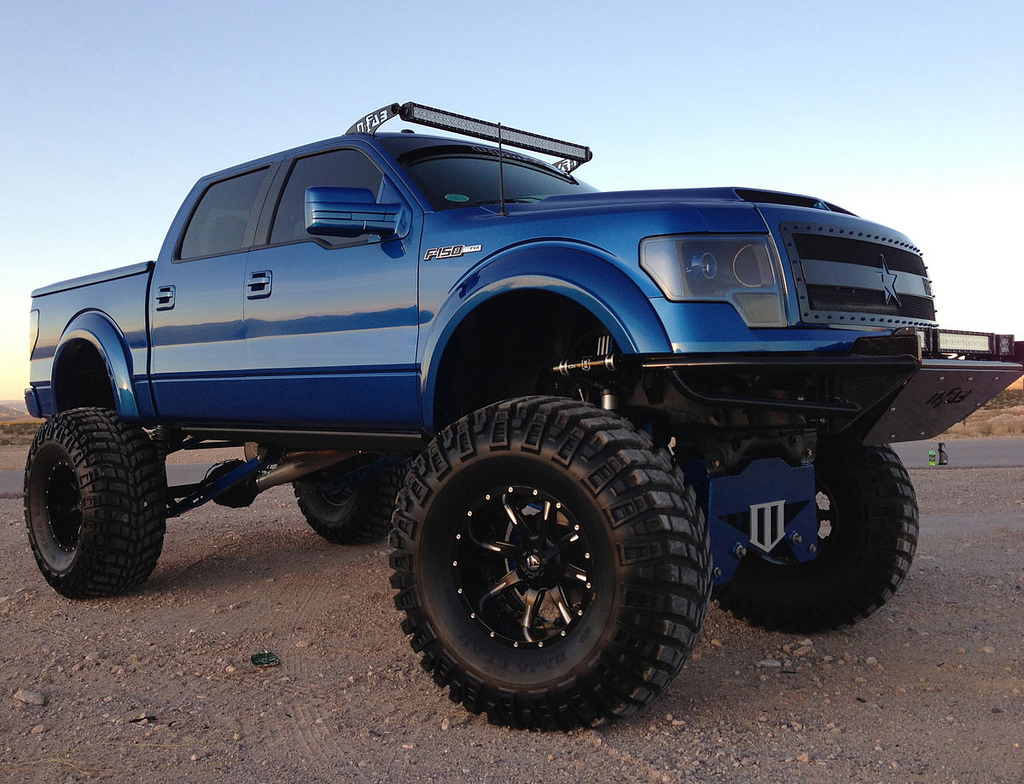
First, you’ll need to think about what you use that truck for. Will you regularly be hauling heavy loads or pulling a trailer? Do you expect to keep it on the pavement for the most part, or will you occasionally go off-road? If you go off-road, will it be on soft dirt or will you be plowing through brush, mud, and rocks? And finally…what’s your budget?
If you’re wanting to keep it on the pavement most of the time and your truck is a daily driver for errands, school, soccer, and grocery runs, all-season tires are probably the right choice. All-season light truck tires can rival the best passenger tires when it comes to noise level, ...[more]
Spark Plugs – How Often Should They Be Replaced?
In the old days, a tune-up was necessary about every 35,000 miles. It would usually consist of setting the ignition timing, replacing the mechanical breaker points in the ignition, cleaning and adjusting the carburetor and replacing the plug wires and spark plugs. Today, of course, the carburetor’s job is done by fuel injection and the ignition timing and spark are controlled by the engine computer. Few vehicles still have plug wires anymore either, as the distributor was replaced by the computer and a coil-on-plug design which delivers a spark at each spark plug.
But what about the spark plugs themselves, though? How often do they need to be replaced now?
Manufacturers tout an 80k-100k mile service interval on spark plugs now, thanks in part to improvements in plug design and materials. That might be stretching it, however. Remember that if you have a 100,000-mile spark plug, its electrode is worn down 4/5 of the way at 80,000 miles. A worn ...[more]
Reasons Why Tire Inflation Is So Important
Even just a pound or two of underinflation in your tires can be a problem. Why, though? There are several reasons.
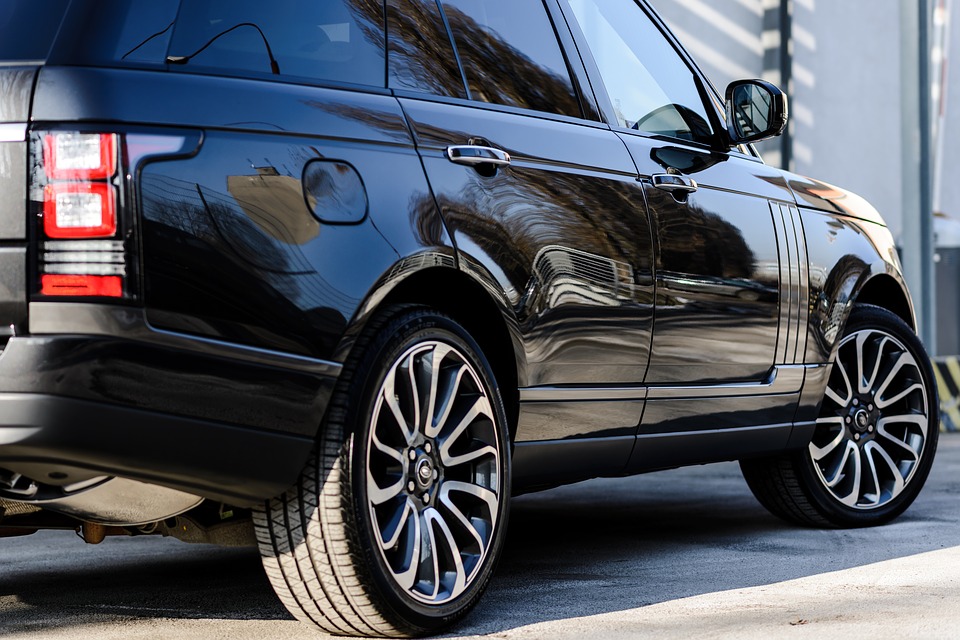
Fuel economy: If you ever rode a bicycle with a low tire, you know that it feels like you’re riding through wet cement due to the added rolling resistance. The same thing is happening with your car, and compromising your fuel economy. Over the course of 10,000 miles per year, that can add up to 150 gallons of gas or $500 out of your pocket!
Handling: Low tire pressure means poorer control and longer stopping distances. At high speeds, in particular, this can be downright hazardous.
Premature tire wear: Underinflated tires are under a lot of stress, especially their steel ...[more]
Uh Oh…My Check Engine Light Is On
So you come out to start your car one morning and the Check Engine light on the dashboard comes on…and doesn’t go back off again. You can’t really notice any difference in the way the car runs and drives, but it’s on anyway.
What does it mean?
Since the late 80s, most engine functions have been controlled by a central drivetrain computer. This includes emissions controls, fuel metering and delivery, ignition timing, shift points and many other elements of drivability and performance. The drivetrain computer relies on information from a chain of sensors that monitor exhaust composition, camshaft position, throttle position and many other factors.
The voltage readings from any of these sensors are supposed to fall within a certain range. When ...[more]
Five Things You Didn’t Know About Tires
 1. For performance and handling, the trend has long been toward fatter tires with a bigger footprint. That’s starting to change, though. Skinnier tires mean lower rolling resistance and better fuel economy, as well as a smaller aerodynamic profile. While fatter tires do handle better, tire engineers are making up the difference by designing skinny tires with a stickier tread formulation for traction and cornering ability.
1. For performance and handling, the trend has long been toward fatter tires with a bigger footprint. That’s starting to change, though. Skinnier tires mean lower rolling resistance and better fuel economy, as well as a smaller aerodynamic profile. While fatter tires do handle better, tire engineers are making up the difference by designing skinny tires with a stickier tread formulation for traction and cornering ability.
2. Static electricity used to be a real concern for vehicles; if you’re old enough, you may remember seeing station wagons with a “ground strap” dragging along the pavement. It’s become a concern again, with newer tread compounds cutting back on the amount of carbon black in newer tires. The solution? Many tires are now designed with an “antenna strip” ...[more]
| << Previous | 123 | Next >> |



